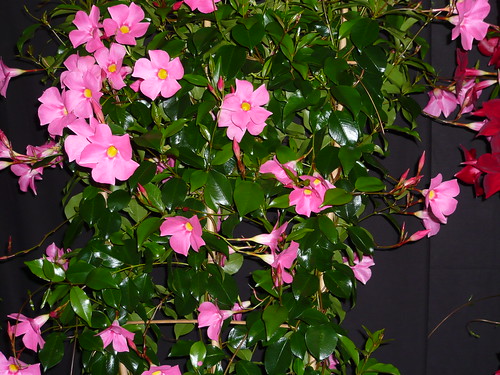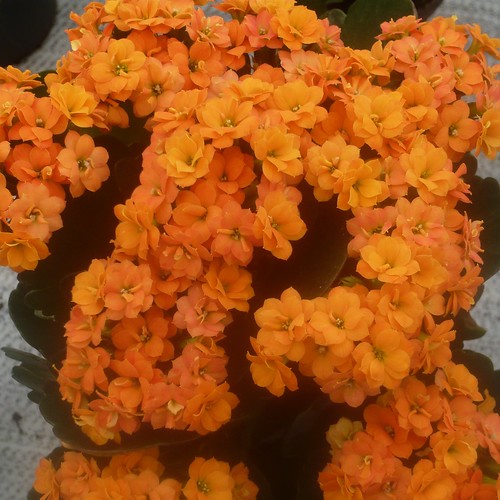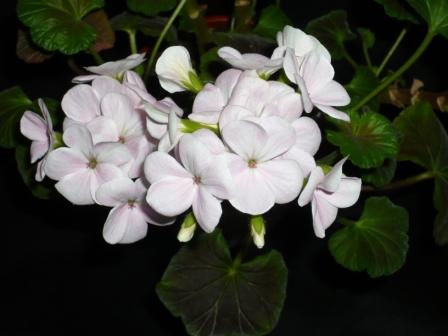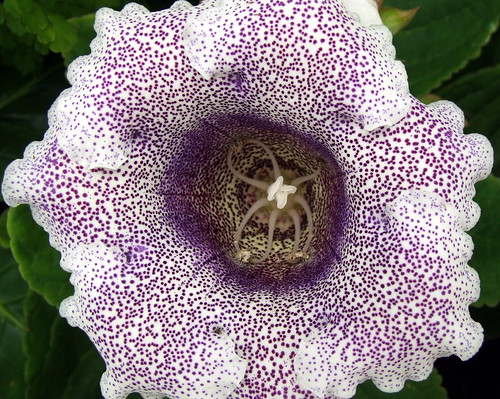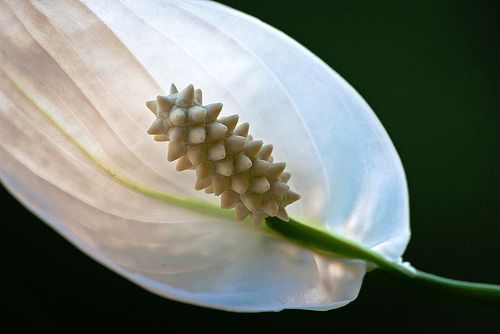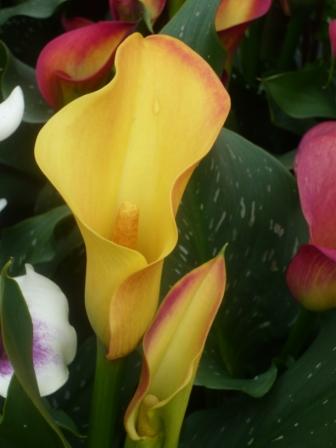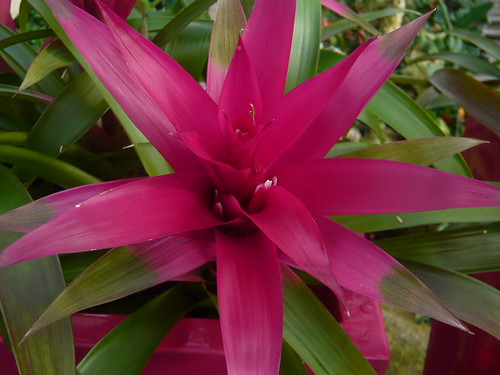Grow Mandevilla Jasmines
There are over 100 species of Mandevilla but the best to grow are often sold under the name Dipladenia splendens. I rate these climbers from Central America as the type of plant you can expect to see in far greater numbers in the coming years.
Mandevilla generally have waxy, fragrant, showy, trumpet-shaped flowers during the growing season in early spring. They are fast growing woody vines that can reach heights of 10 feet so need support. Mandevilla growth is not frost proof and need winter protection although roots may survive.
The fragrant flowers of pink, red and white compensate for slightly sparse foliage.
Top Species to Grow
Mandevilla boliviensis from Bolivia and Equador flowers white
Mandevilla dodsoni Equador
Mandevilla equatorialis Equador
Mandevilla jamesonii Equador etc
Mandevilla sanderi, Brazilian jasmine vine Aphrodite shown above
Mandevilla scabra
Mandevilla splendens, Brazilian Dipladenia
Mandevilla suaveolens,
Mandevilla laxa, Argentina and Chilean jasmine white flowers
Cultivation
Does well in tubs, conservatories and hanging baskets. Keep above 50 degrees F
Repot as little as possible.
Requires a sunny position but tolerates partial shade.
Needs a well drained mulch or potting mix, with slow release fertiliser as it is a heavy feeder. Feed every two weeks with a fertilizer high in phosphor.
Keep moist but do not allow to stand in water.
Propagate from sturdy wood cuttings in spring.
Look out for cultivars Red Riding Hood, Alice du Pont (pink) and Yellow which has wide, bright yellow flowers. They are lower growing and shrubbier than the species and superb in hanging baskets.
Beware if you grow one as a houseplant as the sap or latex can be caustic and is reputed to remove warts (and all).
Alternative Names for Mandevilla
- Synonym:Dipladenia suaveolens
- Brazilian Jasmine
- Scarlet Pimpernel or Red Riding Hood
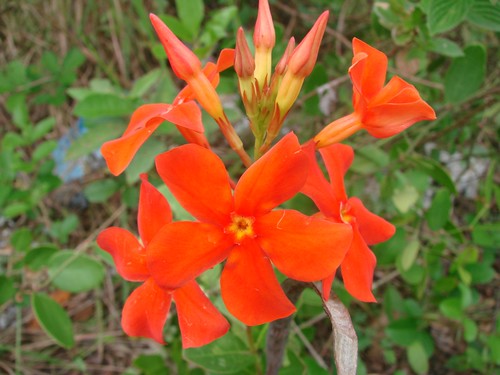
With thanks to Marcia Stefani under creative commons license on Flickr
